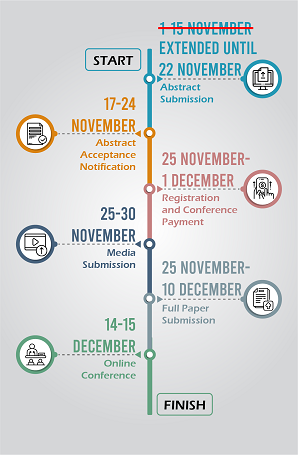Designing A Room Comfort Measurement Tool Based on ESP32 Microcontroller for Thermal, Auditory and Visual Comfort
This title has been presented on Thursday, December 14, 2023 at 14.25-14.35 GMT+7.
Abstract
This title has been presented on Thursday, December 14, 2023 at 14.25-14.35 GMT+7.
Abstract. Microcontrollers are one of the devices that are often applied with IoT because they are open-source. The devices often used in sustainable buildings to monitor and control environment parameters such ambient temperature, room lighting can improve the energy performance of the building. This research aims to design a room comfort monitoring system using the ESP32. The research was carried out at the Advanced Research Laboratory of IPB University and the North Bogor Community Health Center (puskesmas). ESP32 was combined with DHT22, KY-038, and BH1750. The prototype was designed and implemented as a monitoring system with programming. Performance tests were conducted to calibrate the sensors and determining the comfort of the Puskesmas waiting room. The error values after calibration are: 2.03% for the temperature sensor; 2% for relative humidity sensors; 3.15% for noise sensors; and 9% for light intensity sensors. The results of ESP32-based comfort measurements of the Puskesmas waiting room shows that the temperature is in an uncomfortable condition with an average temperature of 27.87 °C; relative humidity is in an uncomfortable condition with an average relative humidity of 70.17%; noise is in comfortable conditions with an average noise of 56.12 dB; and light intensity was in uncomfortable conditions with an average light intensity of 80.99 lux








